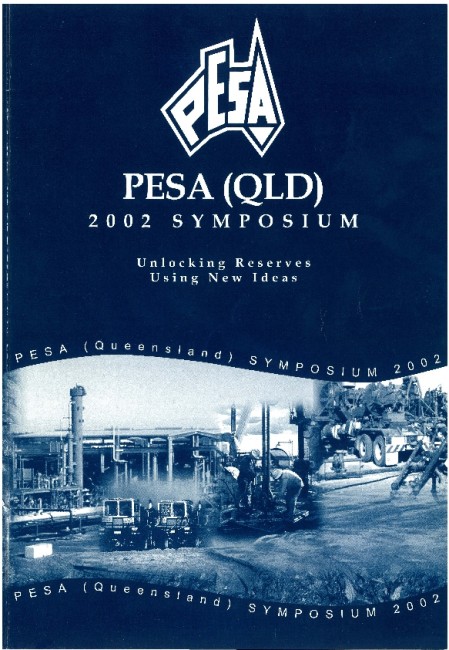Authors: Simon C. Lang, Nathan Ceglar, Gregg Spencer, Stephen Forder and Jochen Kassan
Date Published: December 2002
Number of Pages: 11
Reference Type: Magazine Article
Abstract:
Reducing uncertainty in both the exploration and reservoir development phases is a significant aspect of the upstream petroleum business. A methodology is outlined combining palynostratigraphy, core and logsedimentology using modern depositional analogues as a guide to scale and reservoir geometry, with sequence
stratigraphic concepts as applied to continental strata, all tied where possible to high-resolution 3D seismic
attribute mapping, and tested using pressure data where available. The product is a series of stratigraphic crosssections using serial datums based on key surfaces of sequence stratigraphic significance (lacustrine flooding and maximum flooding surfaces, as well as erosional sequence boundaries) and thinly-sliced, genetically meaningful palaeogeographic maps at a basin and field scale. The maps employ log motifs for each interval (usually picked as sequence boundary to flooding surface, flooding surface to maximum flooding surface, or maximum flooding surface to flooding surface, etc.), based on stacking patterns, net/ gross and isopach trends, tested using seismic attributes tied approximately to each genetic interval. Basement lineaments and active structures, determined from seismic, aeromagnetic and gravity data sets are all used to guide the likely orientation of paleodip and paleo-strike directions (i.e., major channel belts in the lowstand systems tract commonly follow the axial structural grain, whereas lacustrine delta or fluvial floodouts may fill from both axial and transverse directions within an alluvial basin).
To illustrate the methodology, examples are drawn from the Baryulah complex, a cluster of gas fields in the
Cooper Basin, southwest Queensland (Figure 1). The Cooper Basin is a northeast trending, Permian-Triassic
intracratonic basin covering an area of 130 000 km2 in southwest Queensland and northeast South Australia.
The basin lies entirely in the subsurface, unconformably overlain by the Mesozoic Eromanga Basin, and represents Australia's most significant onshore petroleum oil and gas producer (Gravestock et al. 1998). Exploration has been successfully focussed on structural, and combined structural-stratigraphic traps, but the future of exploration and reservoir development in the Cooper Basin lies in the recognition and exploitation of flank plays and stratigraphic traps (Apak et al. 1997; Lang et al. 2001, Nakanishi & Lang 2001a, b; 2002; Lang et al. 2002, Strong et al. 2002, and Taylor et al. 1991). In the Baryulah complex, Permian fluvial-lacustrine,
coal-bearing strata of the Patchawarra Formation, 34 Murteree Shale, Epsilon and Toolachee Formations form
a clastic wedge that thins to the south, characterised by cyclically-stacked fluvial and lacustrine reservoirs and
intraformational seals and coals (Figure 2). Initially, a coherent regional chronostratigraphic framework was
established, based on broad palynological zonations, correlating extensive lacustrine flooding surfaces and
unconformable sequence boundaries (Figure 2). This framework was subdivided by using local key surfaces
identified on wireline logs (usually high-gamma shaly intervals overlying coals), resulting in recognition of
numerous high-resolution genetic units. A chronostratigraphic nomenclature for the genetic intervals adopted by Santos Ltd for the Cooper Basin (Figure 2) was extrapolated to Baryulah from surrounding field areas, and employs an alpha-numeric terminology (i.e., VCOO to> VU45 for the Patchawarra Formation, UCOO to VCOO for the Murteree Shale, TCOO to UCOO for the Epsilon Formation and PCOO to the PU70 Daralingie
Unconformity; Roseneath Shale and Daralingie Formations are not present in the Baryulah area).
Wireline log character, calibrated by cores from both Baryulah and analogous fields around the Cooper Basin,
forms the basis for a log-facies scheme (Figure 3) that recognises several reservoir and non-reservoir facies.


